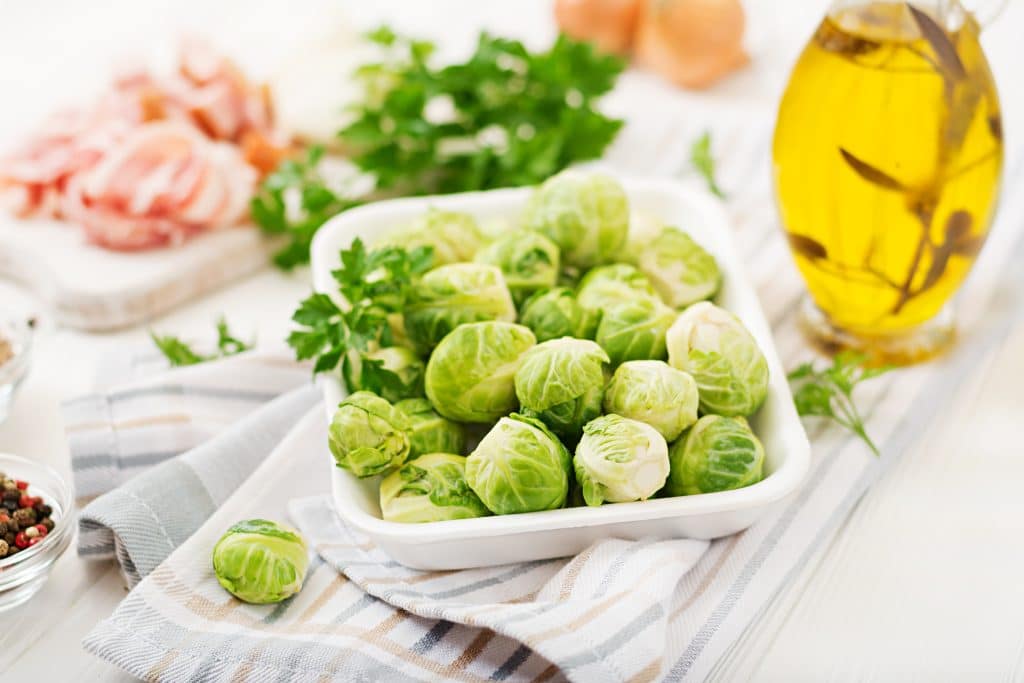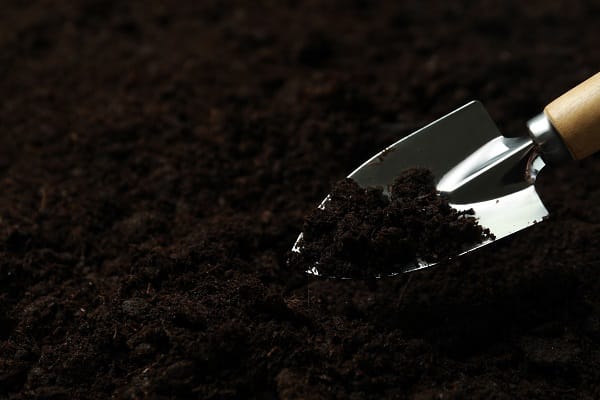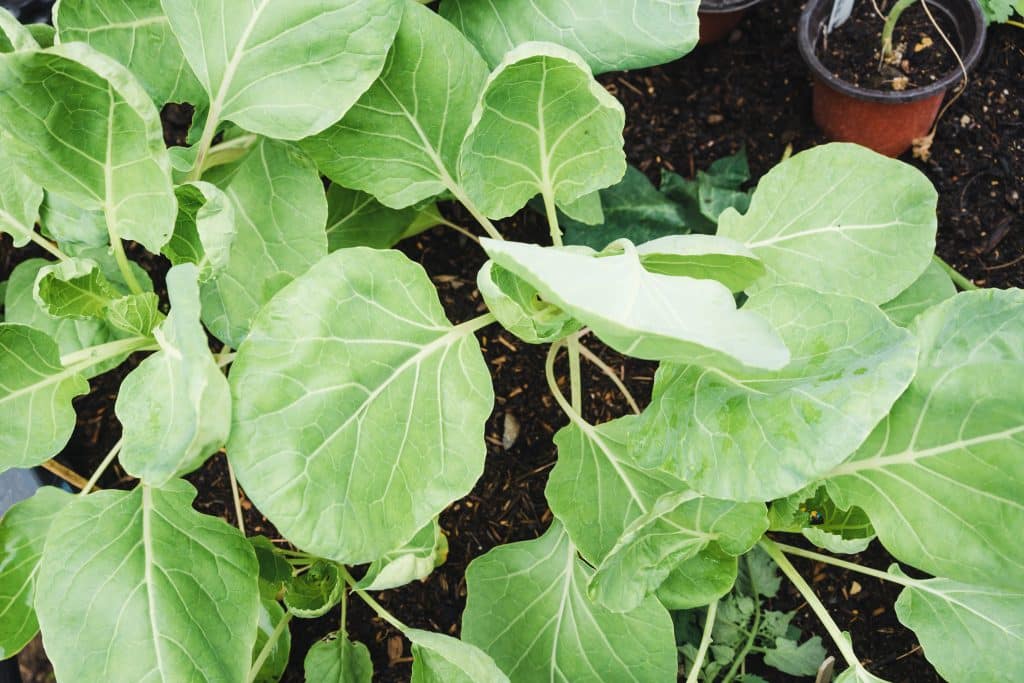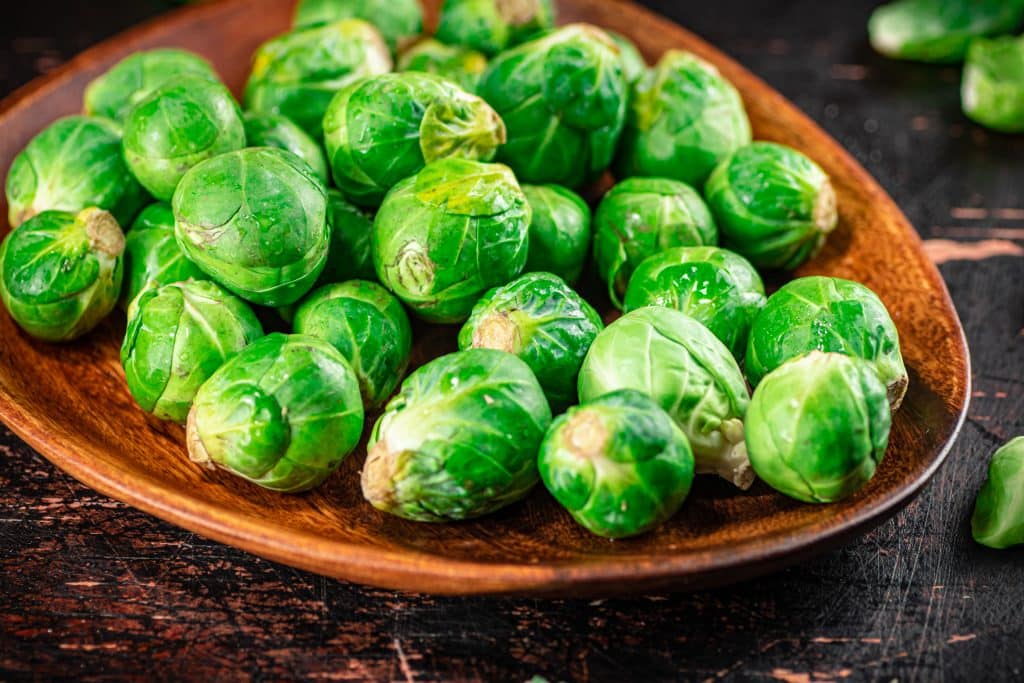Brussel sprouts are a popular vegetable and a great addition to any garden. They don’t take up much space and can be grown in most climates. Plus, they are an extremely nutritious option for many meals or side dishes. Brussels sprouts may check all the boxes if you’re looking for the perfect vegetable to grow in your backyard. But growing these vegetables isn’t as simple as planting them and forgetting about them – there is some necessary knowledge. Read on to learn everything you need to know about growing Brussels sprouts successfully!
Contents
- 1 What Makes Brussel Sprouts Unique?
- 2 Tips On How To Grow Brussel Sprouts
- 3 Choosing The Right Time To Plant
- 4 Understanding Soil Requirements
- 5 Planting Your Seeds
- 6 Maintaining Proper Water Levels
- 7 Getting The Proper Light
- 8 Feeding Your Plants
- 9 Controlling Weeds & Pests
- 10 Harvesting & Storing Your Crop
- 11 You’re Ready To Grow Brussel Sprouts!
What Makes Brussel Sprouts Unique?
Brussels sprouts are an incredibly unique vegetable, especially when looked at through the lens of nutrition. Not only are they a great source of dietary fiber, but they’re also a good source of vitamins like vitamins K and C, folate, and manganese. Backed by their immense nutritional content, Brussels sprouts have a slightly bitter flavor that you can easily balance with olive oil and seasoning.
Plus, these Brussels sprouts offer a unique experience when cooked since they remain crunchy and juicy simultaneously! All these factors combined make Brussels sprouts one fantastic veggie.
Tips On How To Grow Brussel Sprouts
For those new to gardening, Brussels sprouts can be a little intimidating to grow. But with the right tips and tricks, they’re relatively easy to cultivate in most climates. Here are a few tips that can get you started:
Choosing The Right Time To Plant
Planting Brussels sprouts at the right time of year increases the chances of a successful harvest. Brussels sprouts thrive in cooler temperatures, so waiting until the cold-weather season before planting is essential. Typically, this means sowing sprouts in late August or early September, allowing the plants to mature just before winter.
However, if you are looking for a spring harvest, you can plant the sprouts in late winter or early spring. Just wait until temperatures have dropped a bit before planting your seeds. Ideally, the best time to plant Brussels sprouts is when the outdoor temperature stays between 50-75 degrees Fahrenheit.
Understanding Soil Requirements
When selecting soil for your Brussels sprout patch, there are several factors to consider. First, ensure the soil is well-draining with plenty of organic matter added; this will keep your plants healthy and absorb moisture evenly throughout. The ideal pH level should be between 6.0 and 7.0; any higher or lower than this range can seriously affect the growth of your plants (and potentially even kill them).
Finally, choose an area that gets plenty of sunlight – at least six hours per day – so that your plants get enough light for photosynthesis to occur efficiently and allow healthy growth over time.
Planting Your Seeds
Once you’ve found the perfect spot for your Brussels sprout patch, it’s time to start planting! Start by prepping the soil with mulch, compost, or manure, and then lightly water it until wet but not soggy. This will help promote strong root growth from the beginning of your plant’s life cycle.
Then dig small holes about two inches deep in each location you want your seeds planted; drop one seed in each hole and cover lightly with soil before patting down gently with hands or feet (this helps keep birds away!). Finally, ensure each spot is labeled so you remember where you planted each seed when harvesting later!
Maintaining Proper Water Levels
Watering is one of the most critical parts of successful Brussels sprout growth, so it’s essential to understand how much water is just right. Generally speaking, these plants need around one inch of water per week while young (though they may need more if conditions become dry or humid).
Once maturity has been reached, however – usually after 8-10 weeks – water needs will decrease slightly; during this stage, only give Brussels sprouts about ½ inch of water per week (or less!). To correctly measure how much water they have gotten each week, use a rain gauge or other device made explicitly for measuring precipitation levels accurately.
Getting The Proper Light
As you can imagine, getting the proper light for your Brussels sprout plants is essential to their growth and harvest. Most plants need 5 hours of direct sunlight daily to promote strong photosynthetic activity. While this is not always possible in some gardens, an alternative solution, such as supplemental lighting, can work just as well.
In addition to added illumination, ensure that your plants receive at least 8 hours of indirect sunlight daily. Providing adequate light exposure and temperatures will help to ensure that your Brussels sprouts reach peak quality when it’s time for harvest.
Feeding Your Plants
When feeding your Brussels sprout plants, it’s best to opt for slow-release fertilizer applied every two weeks (or monthly if desired) starting when plants begin producing flowers (as opposed to leaves). The best type of fertilizer will depend on local environmental conditions such as soil pH levels – seek advice from local professionals if unsure what type would work best where you live!
Additionally, compost tea can also be used periodically throughout the season. Liquid manure tea and fish emulsion are a great success while optimizing plant health over time and keeping pests away naturally!
Controlling Weeds & Pests
Weed control is essential to successful Brussels sprout growth – especially since weeds can choke out nutrients meant solely for their intended targets! Before planting seeds directly into the ground, warmly rake up existing weeds already present underneath by burning them off or use herbicides such as glyphosate Weed Killer Pro if necessary. Then, till the remaining earth deeply, ensuring the removal of any dormant weed roots within the soil before adding mulch/compost, etc.
Additionally, once actual seedlings emerge, regularly monitor the nearby environment closely. Use insecticidal soap spraying periodically if insects/pest species are detected.
Harvesting & Storing Your Crop
Harvesting Brussels sprouts involves cutting off entire heads once they reach a desirable size(usually around 2 inches across). Always use sharp pruning shears when harvesting, which helps prevent damage during the removal process; remember to take care not to stress out stalks much either, which could affect the overall quality of the final product.
Once harvested, rinse heads under cold running water and remove any dirt/soil clinging onto stems before storing them in cool temperatures until ready. Use immediately within the next day or two afterward.
You’re Ready To Grow Brussel Sprouts!
Learning to grow Brussels sprouts doesn’t have to be confusing, but it can be a bit challenging. However, mastering the art of growing Brussels sprouts is an enriching experience! By following the steps provided above correctly and consistently throughout the entire growing season, you are sure to harvest beautiful and delicious Brussels sprouts! And keep in mind if you run into trouble, never be afraid to ask for help from an expert in the field!








